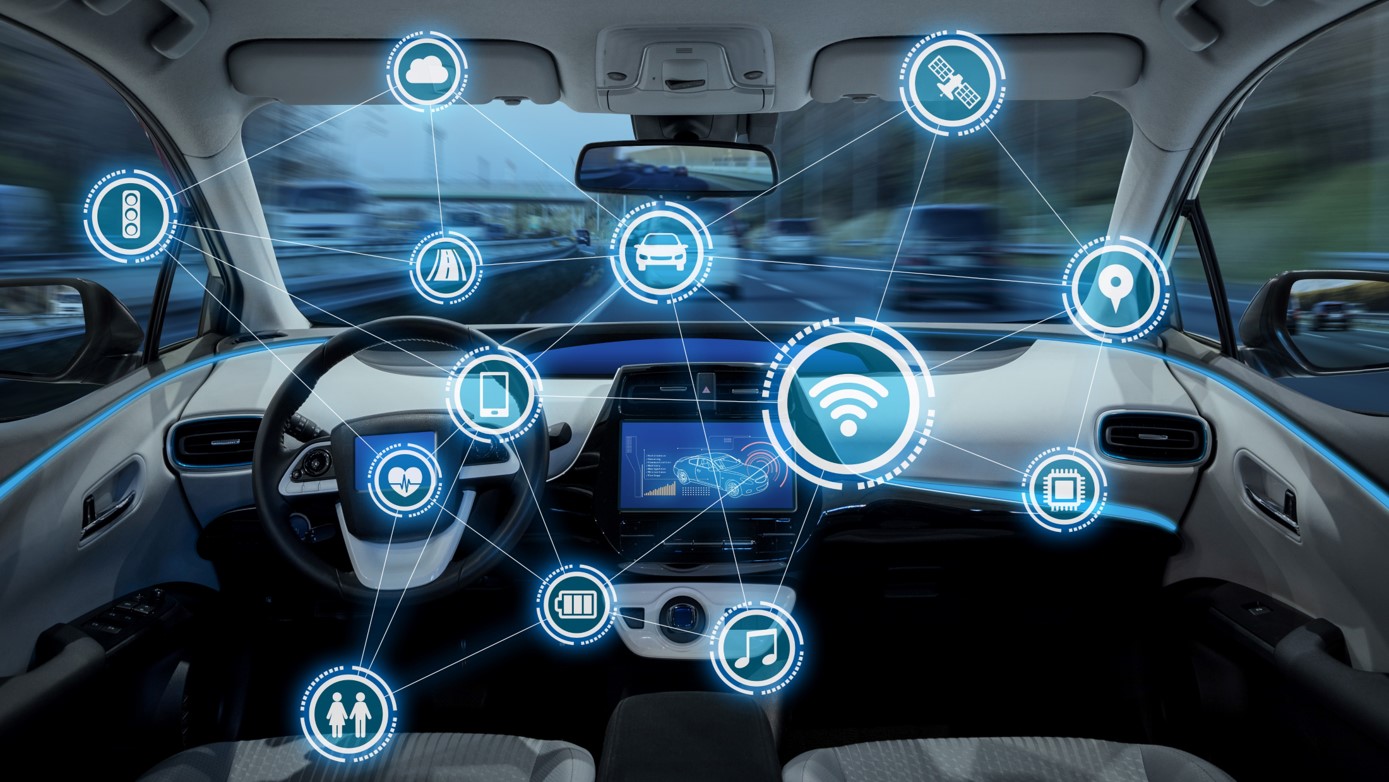The year 2020 is coming. Are you ready for a technology-enabled world of service, with new customer expectations?
In the car business? Put your seatbelt on.
And while you’re at it hang on tight to the steering wheel, because the road between today’s reality and the likely future is sure to be a wild and bumpy ride. The typical dealer-driven and controlled process of 2018, with few options and an established profit path, is already evolving into a customer-driven buyer’s journey.

That’s the type with multiple options, considerable margin pressure, and a heavy emphasis on right-time service levels. It’s not a temporary disruption: The depth and permanence of this change is led by mobile technology, and that has traditional retail operations staggering. In fact, according to Kerrigan Advisors’ year-end Blue Sky Report, it’s driving some generational dealer operators to rethink future plans.
Everybody Take a Deep Breath
At about this point I can hear you thinking: “Yeah, yeah. the more things change the more they stay the same.” It’s true that core fundamentals of retail ops are healthy and established. For example, people will always buy, lease, and service cars from dealerships. The majority will always test drive cars first, and will prefer a dealership service drive to the cluttered and dirty aftermarket option. The process is where change is happening.
And if you doubt that, consider how the popularity of technology-driven options enabled Uber, Lyft and their global peers to create a new transportation channel. Note how ride-sharing services and subscription-based vehicle programs – programs that are now spreading like wildfire to mainstream automakers – are opening the door for expansive and customized options.
Combined with the increasingly sophisticated science of Big Data and connected cars, the automotive landscape in 2020 looks like a data-driven, customer-first enterprise that relies on technology to help humans deliver right-time and comprehensive service.
The Future is Bright
It sure sounds marvelous. Except for one tiny exception: the need to service cars for a profit. You remember profit, right? That thing you had plenty of before interest rates went up, and sales slowed? The reason your service drive exists? If you’re selling new cars for pennies of profit, you’re doing it because it opens the door to more profitable areas of the business. And there’s no better place than the service drive. When times are uncertain, service departments have historically risen to the occasion.
This time might be different. Today, the service drive is also under pressure to Millennial influencers, a persistent technician shortage, and lengthening service intervals. These demands (and others) are forcing the adoption of technology solutions across service departments. The message is clear: get your technology right or suffer low CSI in an area that has always served as an important connector between sales and retention. The year 2020 is right around the corner, and the need for a simple, connected and efficient technology solution for the service department grows larger in the rearview mirror with every passing day.
